Video: Planting New Clematis with Garden Answer!
Have you seen the Sparky series of clematis? Follow along as Laura from Garden Answer shows off their beautiful colors and how she integrates them into her garden!
Featured Products:
Have you seen the Sparky series of clematis? Follow along as Laura from Garden Answer shows off their beautiful colors and how she integrates them into her garden!
Featured Products:
Watch as Laura from Garden Answer creates a beautiful planter for Fall using Flower-tone and Potting Soil Mix!
Featured Products:
Have you thought ahead to your fall harvest yet? August is prime time to plant delicious and nutritious vegetables that will come to life in the cooler months. And there’s nothing better than being able to spice up your home-cooked dishes using your very own garden — no need to run to the supermarket! Read on to find out which veggies you should be planting right now.
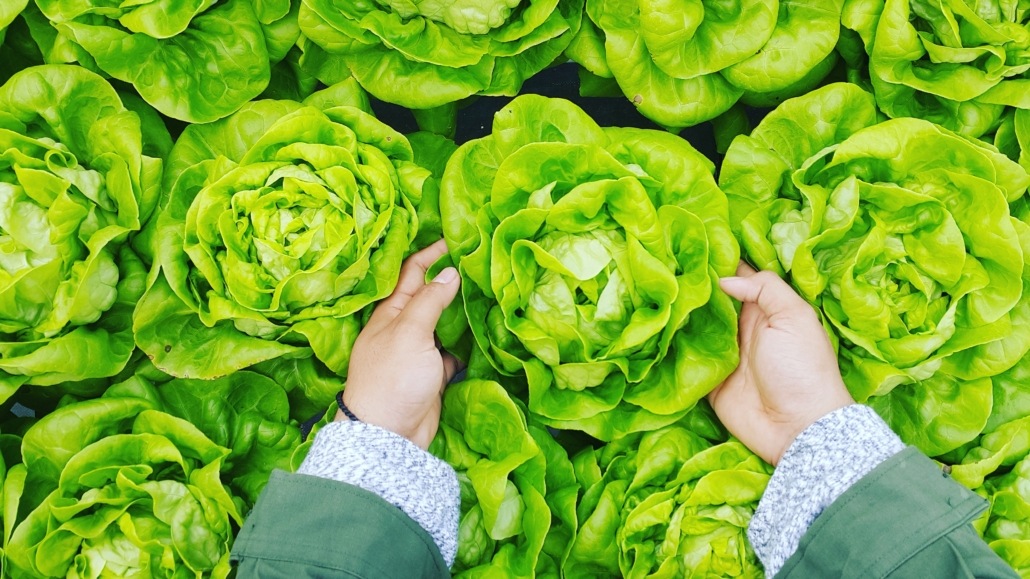
Lettuce
Did you know lettuce cannot be frozen, dried, pickled, or canned? That’s why you have to eat it fresh! Luckily, planting it right now means you’ll be able to enjoy it in just a few months. A fall harvest is ideal as lettuce’s sturdiness prevents any frost from destroying it. These leafy greens are a good source of vitamin C, calcium, iron, and copper — making it the perfect base for a healthy salad. Keep an eye out for the dark green leaves when harvesting as they’re even healthier than the light green ones.
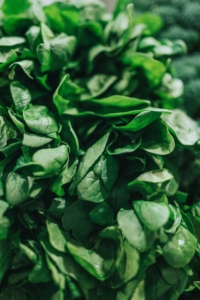 Spinach
Spinach
Spinach is well known for its low-calorie count and high levels of vitamin A, C, and iron — making it the perfect addition to that healthy salad. This veggie also gives you the highest turnover out of all the others. If collected in small quantities, you can keep harvesting them late until May! The best time to start planting them is now, at the tail end of summer.
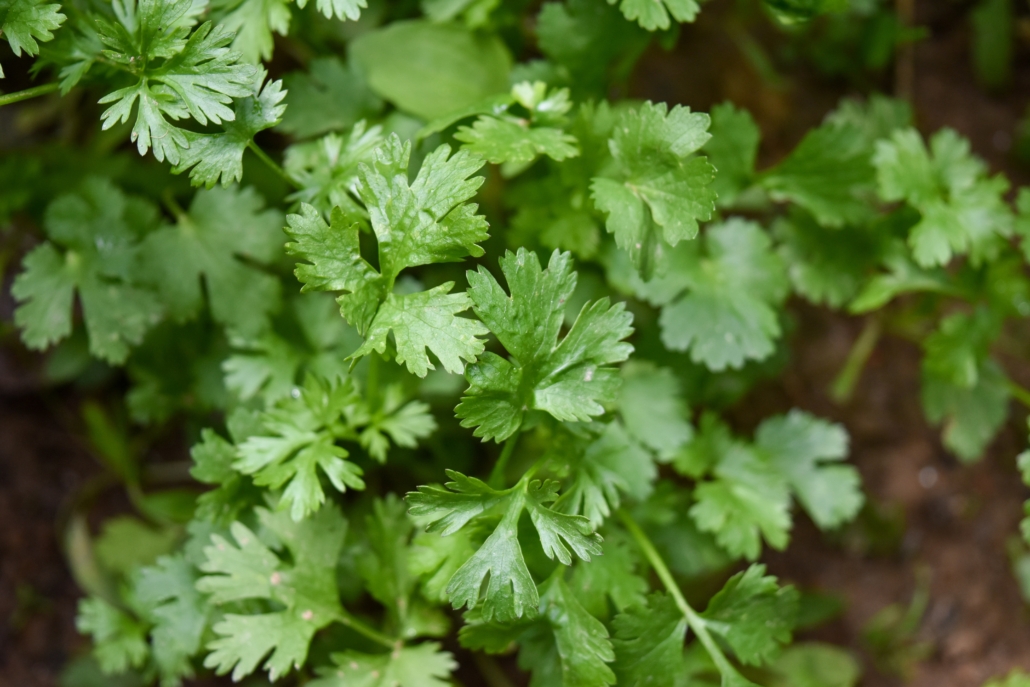
Parsley
Ready for another healthy addition to that salad we’re working on? Parsley is a rich source of Vitamin K, C, and A, and minerals like magnesium, potassium, iron, and calcium. It’s no wonder this veggie has been used in dishes since ancient Rome! It’s also believed to have anti-tumor, anti-bacterial, and antifungal properties. Plant your parsley now to make sure you can reap all these benefits in the fall.

Carrots
If you’re planning on sowing some veggies that aren’t leafy greens, carrots should definitely be your first choice! As this vegetable grows into the fall season, the cool weather turns the starch to sugar, making them extra delicious. This sweet flavor makes them the perfect side or snack — sauteed, roasted, or even raw! Keep in mind that this plant does need a little extra care compared to some of the others on this list, so be sure to use vegetable food like Garden-tone to provide them with the energy they need to grow.
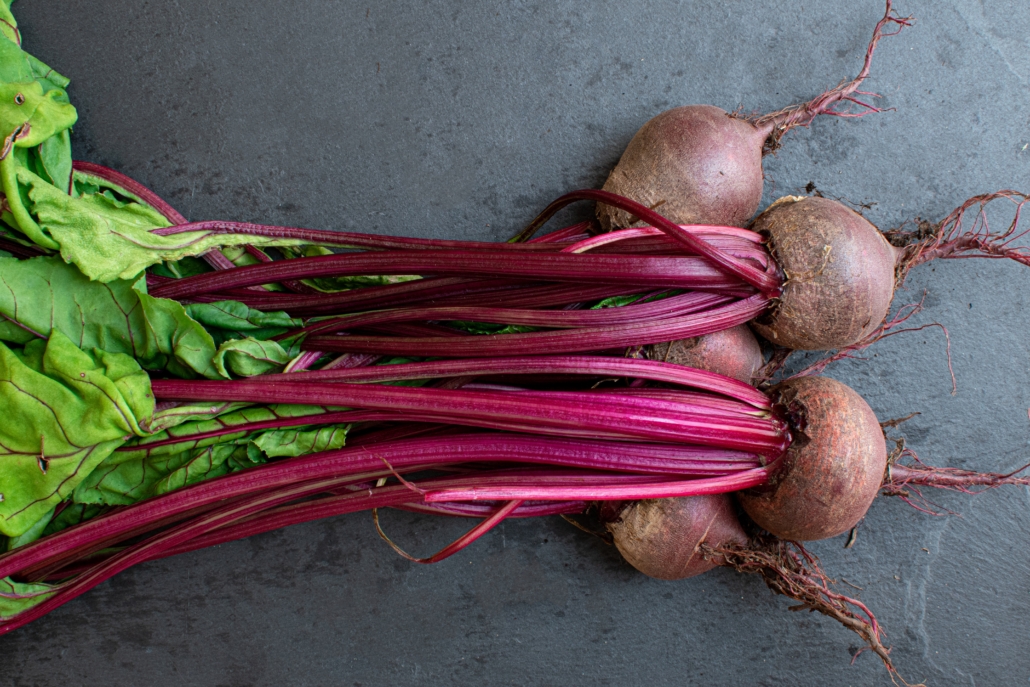
Beets
Last but not least, beets should definitely be on your August to-plant list. Did you know beets are edible from the tip of their green leaves to the bottom of their brown roots? They also help capture some hard-to-catch toxins and flush them out. These same antioxidants provide anti-inflammatory agents that provide a wide array of health benefits. Still not convinced? Since beet juice helps cleanse your liver, it’s thought that it can even help cure hangovers! If you want to make use of the entire plant and enjoy all these delicious benefits, make sure to sow the seeds now — about 8 weeks before the first frost.
*****
Just because summer is winding down, doesn’t mean it’s time to pack up your gardening supplies. August is the perfect time to plant some of your favorite vegetables! Cooking primarily with these veggies straight from your garden will give you some of the freshest and tastiest dishes. So get your family together, head outside, and get planting!
Featured Products:
Fall crops already? That’s right! Join Garden Answer and get some great ideas for food crops in the upcoming season.
Featured Products
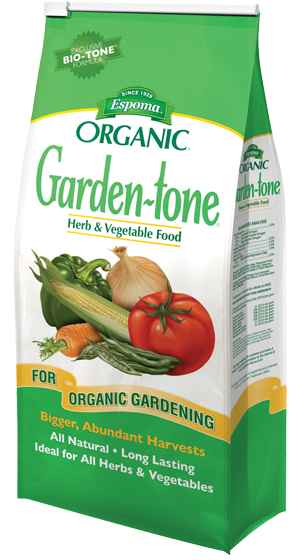
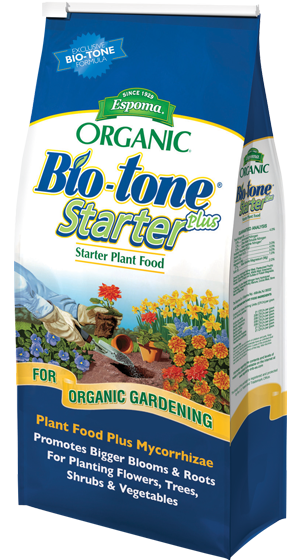
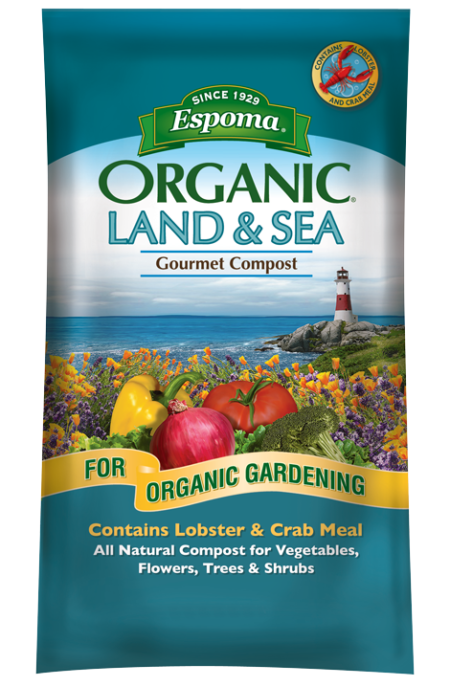
When planting new trees, don’t forget to add a healthy combination of Espoma Organic Bio-tone and Iron-tone to help them establish fast. Watch the full video with Garden Answer!
Featured Products:


With Memorial Day in the rearview, summer is officially here once again — and while we wish that meant nothing but sunshine and barbecues, bugs seem to always make an appearance this time of year. But did you know there are ways to avoid getting bitten and bugged every time you want to relax outside?
The fragrance of certain plants can actually block the receptors insects use to find us. It’s just another great reason to get a garden going in your backyard, around your patio, or anywhere you like to enjoy fresh air. All you really need to sustain these helpful plants is some good starter fertilizer like Espoma’s organic Bio-tone Starter Plus and to make sure they’re fed every two to four weeks with Grow! to ensure they get the proper nutrients.
So, if you’re getting some unwanted guests during those summer cookouts, try planting some of these simple staples.
Lemon Grass
Did you know many mosquito repelling candles and sprays are made from citronella oil? Lemon grass naturally produces this ingredient and doubles as a beautiful grassy plant for walkways and around tables. Alternatively, you can plant it in its own pot and use it wherever your local mosquitos tend to congregate.
Other Lemon-Scented Plants
Similar to lemongrass, other plants that give off a strong citrus fragrance — like lemon-scent geraniums, lemon thyme, and lemon balm — work well to repel bugs. These plants use their fresh scent to keep their leaves from being eaten — and in turn can help you keep from being bitten.
Lavender
Despite lavender’s sweet smell being quite popular among people, most insects hate it. Keeping this plant near seating areas will help ward away mosquitos and other pesky flies. A great thing about this plant is that you can use it fresh or dried to get the job done — or even just use the extracted oil. This way you have different options on how you want to decorate while still keeping the pests at bay.
Rosemary
Rosemary is a great addition to your cookout. Throw a few sprigs on the grill as you’re cooking to release its fragrance into the air. It’ll smell wonderful to you and your family but make the bugs fly in the other direction.
Basil
Basil is another herb that will keep the mosquitos away. It’s also toxic to mosquito larvae, so placing this plant near water can help discourage mosquitoes from laying eggs.
Mint
Mint’s fragrance is great at repelling pests like ants, mosquitoes, and even mice. It’s also always a nice addition to any dish, so incorporating it into your barbecue can be beneficial in more ways than one.
Garlic
If cabbage moths are just as pesky as mosquitoes in your backyard, garlic can be your saving grace. When crushed, the garlic bulbs release allicin — an enzyme that produces that classic garlic smell. Your local pests will definitely not enjoy your garlic breath, so go ahead and use it up all weekend long.
Any and all of these plants can be used purely to keep the bugs away, but they’re also beautiful decor for your outdoor area. Be sure to keep up with them all season long in order to reap the benefits whenever your cookouts come around.
Here are some of our other blogs we thought you might enjoy.
BUG OFF – Plants That Repel Mosquitoes
Perk Up Summer Containers with Stunning Annuals
Growing Scrumptious Tomatoes in Easy Containers
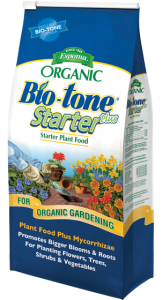
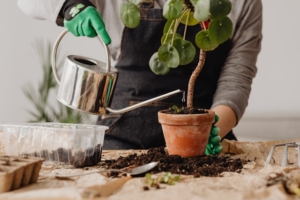
Ever notice how a moment spent tending your plants feels like a mindful pause in a busy day? You’re not just watering—you’re nurturing calm, presence, and connection. We believe that caring for your green companions is one of the most natural forms of self-care. And just like you thrive on nourishing food, your plants thrive when you feed them regularly with Espoma Organic fertilizer —gentle, effective, and safe for people, pets, and the planet.

Sharper Mind + Better Mood
Studies show that being around plants can boost memory and attention by about 20%, while reducing background noise and enhancing productivity and creativity—especially in home or little work-from-home nooks.
Soil for the Soul
That earthy scent? It comes from microbes like Mycobacterium vaccae (lovingly nicknamed “outdoorphins”), and they don’t just feed your plants—they may help boost your mood and immunity, too.

Pulling weeds, misting leaves, or simply observing new growth—these are gentle rituals that anchor us in the now. As one soothing tip from our brand partner, Maria Failla of Growing Joy with Maria, reminds us:
“Use watering or caring for them as an excuse to get up from your computer and take some ‘me-time’—because plant care is self-care.”
Pair that with feeding your plants Espoma Organic fertilizer, and you’re nourishing life in every sense.
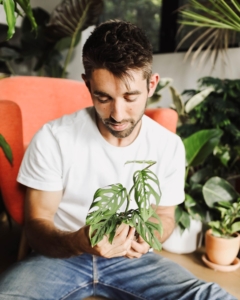
Your indoor plants do more than brighten a room—they improve your air, calm your mind, and remind you to slow down. To keep them thriving year-round, a little extra nourishment goes a long way.
That’s where Espoma Organic Indoor! liquid fertilizer comes in. This gentle, balanced formula is made from natural ingredients and feeds instantly, giving your leafy friends the nutrients they need for lush growth and vibrant color—even in the lower light of winter months.
Self-Care Tip: Pair your plant feeding with your own wellness ritual. Set a reminder every 2–4 weeks to water and feed your plants, then take a few minutes to enjoy a cup of tea nearby. Watch how your plants respond over time—you’ll notice deeper greens, healthier new leaves, and a little spark of joy in your day.
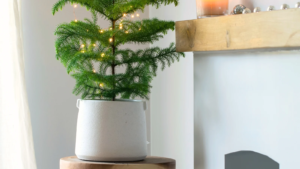
During the busy holiday season, a mini Christmas cypress or Norfolk Island Pine—with its fresh sap-like scent—can be both a peaceful décor choice and a mindful project. Pot it up in our Espoma Organic Potting Mix, give it a slow sip of water, and feed it with an organic fertilizer like Indoor! for lasting joy. It’s a gift that grows for you, not just from you.
Micro-Meditation Moments
Set a daily two-minute ritual—touch the soil, check a leaf, breathe deeply. Call it a “plant-powered reset.”
Mini Salad Gardens with Maria Failla
Maria Failla of Growing Joy with Maria, makes self-care—and dinner—even simpler. She grows an entire salad (including herbs, lettuce, mini-tomatoes, and edible blooms) in a single container using Espoma Organic Potting Mix, Bio-tone Starter Plus, and Garden-tone organic fertilizer for steady nourishment.
Create a Kitchen Corner of Calm
A small shelf of herbs like basil, lavender, or even mint provides an aromatic escape and practical joy when cooking. Watering and feeding them with organic fertilizer like Indoor! can become a lovely action in your daily rhythm.
Mindful Mondays with Biophilia
Start your week by simply sitting with your plants—observing new buds, leaf shapes, and subtle color shifts. This biophilic practice connects you to growth and groundedness.

Plant care is not just about pretty greenery—it’s caring for yourself, too. You pause, breathe, tune in, and the soil responds. Whether it’s a festive tree, a potted herb, or a tranquil succulent, your green space is your sanctuary. And with a little love, light, and organic fertilizer, your plants—and your spirit—can truly thrive.
*****
Here are some of our other blogs and videos we think you will enjoy.
Give Some Green for the Holidays
Parenting Advice for New Plant Parents
Poinsettia Care Guide from Garden Answer
Featured Products:
English cottage gardens date back centuries. They were used to grow vegetables, herbs for healing, fruit trees, perhaps a beehive, and common flowers. The informal style went through a renaissance in the late 1800’s when they became somewhat more nostalgic than practical.
The informal aesthetic of dense planting and natural materials is still en vogue today. In this video, Laura outlines 10 design principles to help you design a cottage garden. Before you start, make sure you have plenty of Espoma’s organic Bio-tone Starter Plus plant food to make sure your plants get the best possible start.
No Straight Lines
Cottage gardens are always informal and a touch whimsical. Avoid straight lines. Gently curving edging looks more natural and playful. If your site restricts you to a straight edge, let the plants spill over it to create an unrestrained look.
Large Groups of the Same Plant
White cottage gardens are more relaxed in their design, it is still best to use large sweeps of the same plant. Think of planting in groups of three, five or seven. That is far more restful to the eye than a jumble of onsies and twosies.
Spacing Doesn’t Matter
This is one time you do not have to follow the advice on the plant tag. Cottage gardens are always densely planted and generally grow more densely packed with time. Annuals and biennials are often used in cottage gardens and will self-sow in the border. Biennials are plants that take two years to grow and flower from seed like the foxgloves shown. Another advantage to planting things close together is that there is less room for weeds to grow.
Color Harmony
It’s very important to pick a collection of plants that have harmonious colors. Without that the border would look chaotic. Garden Answer uses a collection of soft pinks and peaches with touches of blue and lavender. It needn’t always be soft colors, but they do need to be unified in some way.
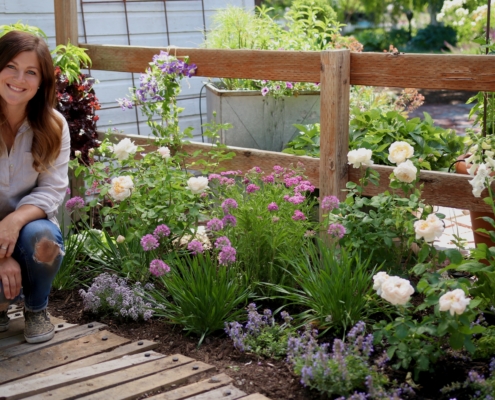
Use Varied Heights and Textures
In any planting, it’s a good idea to think about texture, height and foliage color as major design elements. Nothing blooms all the time. Varied foliage forms and colors will create interest even when the flowers aren’t in bloom. Laura uses Heuchera specifically for the silvery foliage color.
Anchor Plants/Structural Elements
This is sometimes referred to as the “bones” of a garden. It’s a structural element that all of the other plants get woven around. In this case, it’s a beautiful shrub rose named Rose ‘The Lady Gardener’, a fragrant beauty with full, apricot blossoms. The rose is repeated three times. Repetition is soothing to the eye. It’s possible to use evergreens for a slightly more formal feel, or whatever peaks your interest.
Fragrance
The first thing everyone does when they pick a flower is to hold it up to their nose. Cottage gardens are known for their fragrance. Try to select varieties that smell good at the garden center. Roses, lavender, sweet peas, and sweet alyssum are all good choices.
Not Perfectly Maintained
Along with relaxed design principles, comes relaxed maintenance. Planting tightly will discourage weeds. Annuals like poppies will self-seed and move around the border, just like the biennial foxgloves. Weeding everything that comes up might mean that you weed out these plants and inhibit their spontaneous movements.
The Look Will Change Over Time
This style of gardening is the exact opposite of a formal border filled with geometric shaped boxwood. By its very nature this is meant to be more random. People often sow cosmos, violas and other plants that have a tendency to move around. Let them surprise you. If you really don’t like where one popped up, it’s easy enough to remove.
Be Patient
Being patient is really what gardening is all about. A garden is never really finished. Enjoy the journey!
Garden Answers Plant List
Nepeta ‘Cat’s Pajamas’ – catmint
Achillea – pink yarrow
Allium ‘Serendipity’ – ornamental onion
Rose ‘The Lady Gardener’
Heuchera Dolce ‘Spearmint’ – Coral Bells
Clematis ‘Brother Stephan’
Digitalis Foxy Hybrids – foxglove
Lobularia ‘Blushing Princess’ – sweet alyssum
Here are more videos from Garden Answer we hope you will enjoy.
How to Plant Cottage-Style Flower Beds!
Plant Your Window Boxes Like Garden Answer
Succulent Pot in a Pot – Quick Version
How to Re-pot Houseplants – Quick Cut
*****
Featured Products:

Spring has sprung and it’s time to get outside and plant up some early spring containers. A trip to the local garden center will surely inspire you. Plant big pots of brightly colored bulbs and annuals to liven up entryways, patios and balconies. Laura from Garden Answer shows you just how easy it is to do in the video below.
Laura fills her containers with tulips and violas, true harbingers of spring. Alternatively, you could also use daffodils and other cold hardy annuals like Iceland poppies or nemesia. In cold climates, it’s important to select plans that are hardy enough to withstand a cold snap.
These early spring containers will flower for a month or so, bridging the gap from early spring to the frost-free date. When it’s time to plant summer containers, replant the tulips out into the garden where they’ll bloom again next spring. The violas may also be moved to a lightly shaded area of the garden.
Four Easy Steps to Early Spring Containers
Enjoy flowers for even longer by choosing tulips or daffodils that are not yet in full bloom. When finished blooming, just remove the flower stem. The leaves will still provide a vertical accent and the bulbs need the foliage to replenish themselves.
Taking time to deadhead the violas will extend their bloom time. If temperatures are cool, you may only need to water containers once a week.
Check out these videos from Garden Answer about tulips and early spring planting.
Plant Your Window Boxes Like Garden Answer
How to Care For Your Tulips After They’ve Bloomed
Featured Products:
Summer is finally here! And we can’t wait to spend more time outdoors enjoying Mother Nature. What better way to get in some quality time outdoors than by prepping your garden for the exciting growing season that lies ahead? Check these five simple tasks off your list and prepare to have a picture-perfect summer garden in no time.
Be Water Wise
In a short time, you’ll finally start feeling the heat – and so will your plants. As temps increase, be sure to keep an eye on your plants and ensure they’re getting exactly the right amount of water. If you live in an especially hot climate or simply can’t keep up with watering by hand, invest in some sprinklers or an irrigation system.
Last Call for Seedlings
If you haven’t already transferred your indoor seedlings, now is the time. You can also start planting those heat-loving veggies, like tomatoes, squash, eggplant, and peppers. When planting We recommend using Espoma Organic Bio-tone Starter Plus to give your plants the nutrients they need to be successful in their new location. For feeding your newly established plants we recommend Espoma Organic Plant-tone or Garden-tone.
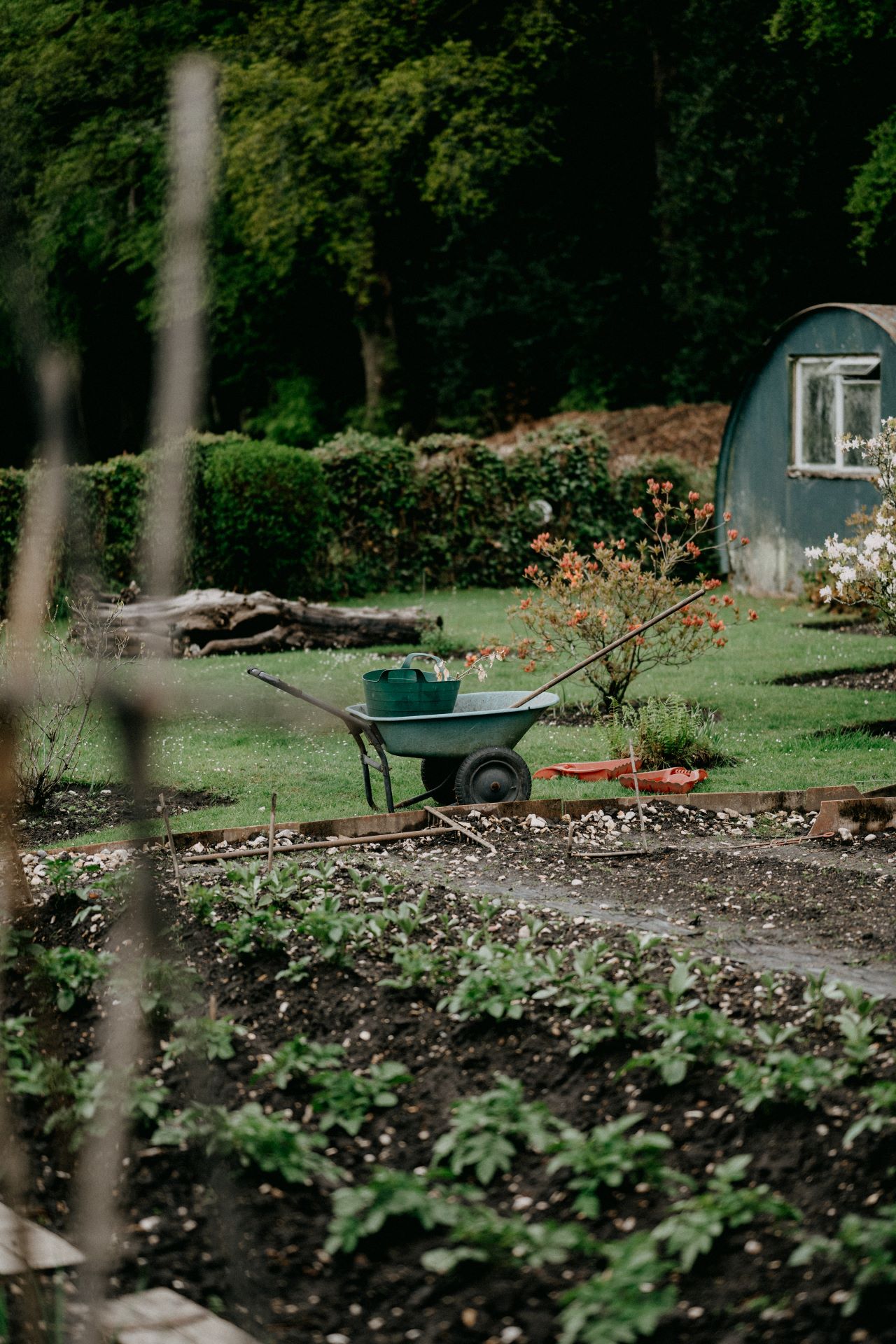
Tidy Up
Tidying up your garden gives you a fresh start for the growing season ahead. Prune plants to encourage healthy growth. Weeds are very persistent, so you should be too. A little bit of weeding here and there will prevent your garden from becoming overrun with invasive weeds.

Welcome Pollinators
Bees and butterflies play an extremely important role in the garden and their pollination provides us with many of our favorite foods. Create a pollinator-friendly garden with a variety of native plants. And don’t forget to celebrate National Pollinator Week June 19-25!
Lawn Care
Nothing says summer like the sight of a lush, green lawn. While maintaining a healthy lawn may seem challenging, it’s definitely possible with a little bit of work. With kids and pets playing in the yard all summer long, you’ll want to make sure to stay safe. Choose Espoma’s Organic Lawn Foods for a beautiful green lawn that is safe for the whole family – and the environment.
*****
Featured Products:
